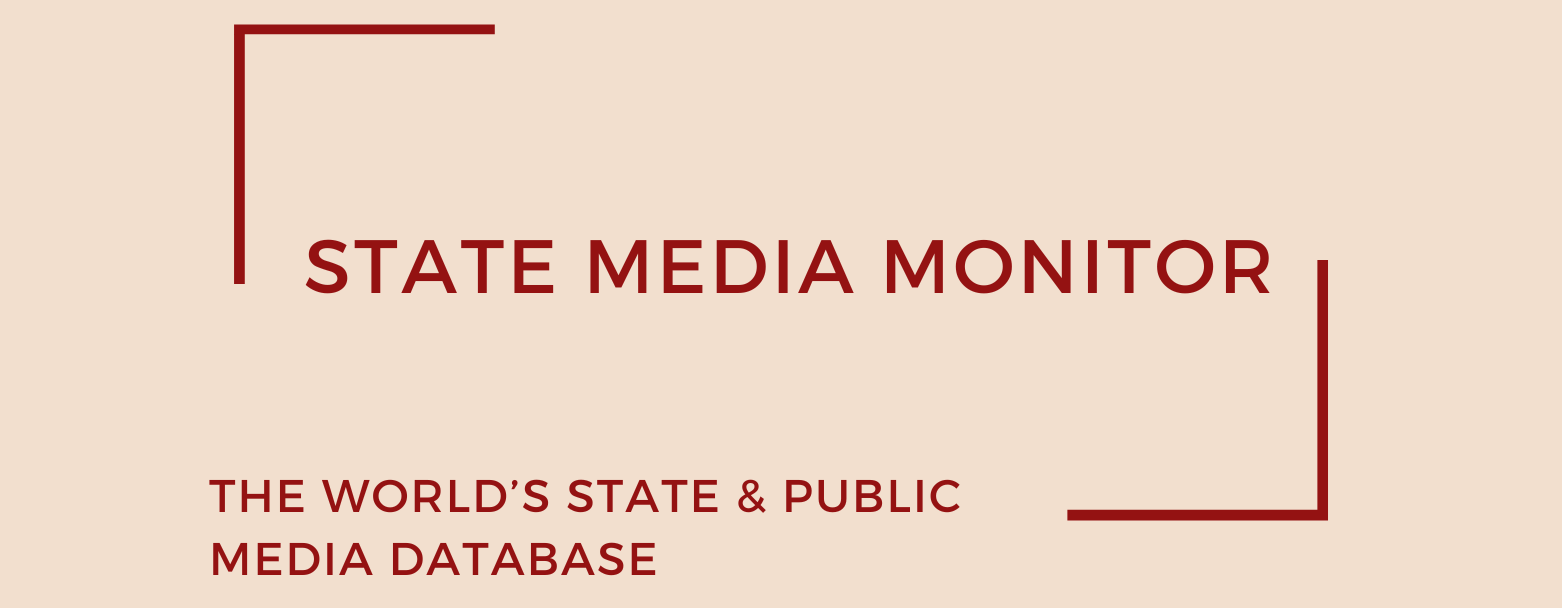Radio Television Malaysia (RTM)
Radio Televisyen Malaysia (RTM) is the national public broadcaster of Malaysia. It traces its origins to Radio Malaya, established in 1946 under British colonial administration. Following the formation of the Malaysian federation in 1963, Radio Malaya was rebranded as Radio Malaysia, while Television Malaysia was launched in the same year. In 1969, the two services were consolidated under the RTM umbrella, forming the country’s first integrated broadcasting network. Today, RTM operates three terrestrial television channels—TV1, TV2, and TV Okey—alongside a network of over 30 radio stations that cater to both national and regional audiences across multiple languages.
In February 2025, RTM announced a planned digital revamp of its online streaming service, RTMKlik, aiming to compete with regional OTT platforms. The upgrade is expected to include a new user interface, multilingual content indexing, and improved mobile access.
Media assets
Television: TV1, TV2, TV Okey, Berita RTM, Sukan RTM, TV6, Dewan Rakyat, Dewan Negara
Radio: National- Radio Klasik, Nasional FM, Asyik FM, TraXX FM, Ai FM, Minnal FM; Regional- KL FM, Selangor FM, Sabah V FM, Sarawak FM, Labuan FM, Kedah FM, Kelantan FM, Terengganu FM, Pahang FM, Johor FM, Negeri FM, Perak FM, Mutiara FM, Perlis FM, Melaka FM, Sabah FM; Local- Wai FM, Red FM, Langkawi FM, Limbang FM, Miri FM, Sri Aman FM, Bintulu FM, Sibu FM, Sandakan FM, Tawau FM, Keningau FM
State Media Matrix Typology
Ownership and governance
RTM functions as a government department under the purview of the Ministry of Communications and Digital (previously Ministry of Communications and Multimedia). The broadcaster is governed by the Communications and Multimedia Act 1998 (locally referred to as the Broadcasting Act), which replaced earlier legislation.
Under this framework, the Ministry retains the power to appoint RTM’s Director-General and senior leadership, with all major strategic decisions closely coordinated with ministry officials. RTM’s headquarters is housed within Angkasapuri, a sprawling government media complex in Kuala Lumpur that also accommodates several other media and regulatory bodies.
RTM’s Director-General as of June 2025 is Datuk Suhaimi Sulaiman, a veteran media strategist and former TV personality, appointed in 2023. His leadership has been marked by a push to modernize RTM’s visual branding and increase youth-oriented programming across TV Okey and the Nasional FM radio network.
Source of funding and budget
RTM is primarily funded through allocations from the federal government, as part of the national budget. While the broadcaster does generate supplementary income through advertising sales and corporate sponsorships, all such revenues are required to be transferred to the government’s consolidated fund. RTM does not retain commercial income for operational autonomy.
According to the Ministry of Communications’ annual financial report, RTM’s allocated budget for 2022 was MYR 322.7 million (approx. USD 71.7 million).
Editorial independence
RTM’s editorial line is closely aligned with government policy, reflecting its institutional role as a department within the Ministry. The broadcaster is tasked with disseminating and promoting official government narratives, including public service campaigns, policy announcements, and national unity messaging. This function is explicitly outlined in the Ministry’s mandate and reinforced through routine ministerial oversight.
The Broadcasting Act of 1988—still considered the bedrock of Malaysia’s broadcast regulation—provides the executive with sweeping powers over content, licensing, and station operations. Interviews conducted with local media experts and RTM journalists in March 2024 and in May 2025 confirmed that government officials routinely engage with RTM’s editorial leadership, especially during election cycles, periods of national crisis, or when promoting high-level policy initiatives.
As of mid-2025, no formal statutory guarantees exist to safeguard the editorial independence of RTM. There is no independent oversight board or legally mandated mechanism to ensure that the broadcaster operates at arm’s length from the executive. Attempts to introduce such frameworks have surfaced intermittently during civil society consultations, but have not materialized into legislative reform.
July 2025
Citation (cite the article/profile as part of):
Dragomir, M. (2025). State Media Monitor Global Dataset 2025.
Media and Journalism Research Center (MJRC).
Zenodo.
https://doi.org/10.5281/zenodo.17219015
This article/profile is part of the State Media Monitor Global Dataset 2025, a continuously updated dataset published by the Media and Journalism Research Center (MJRC).
